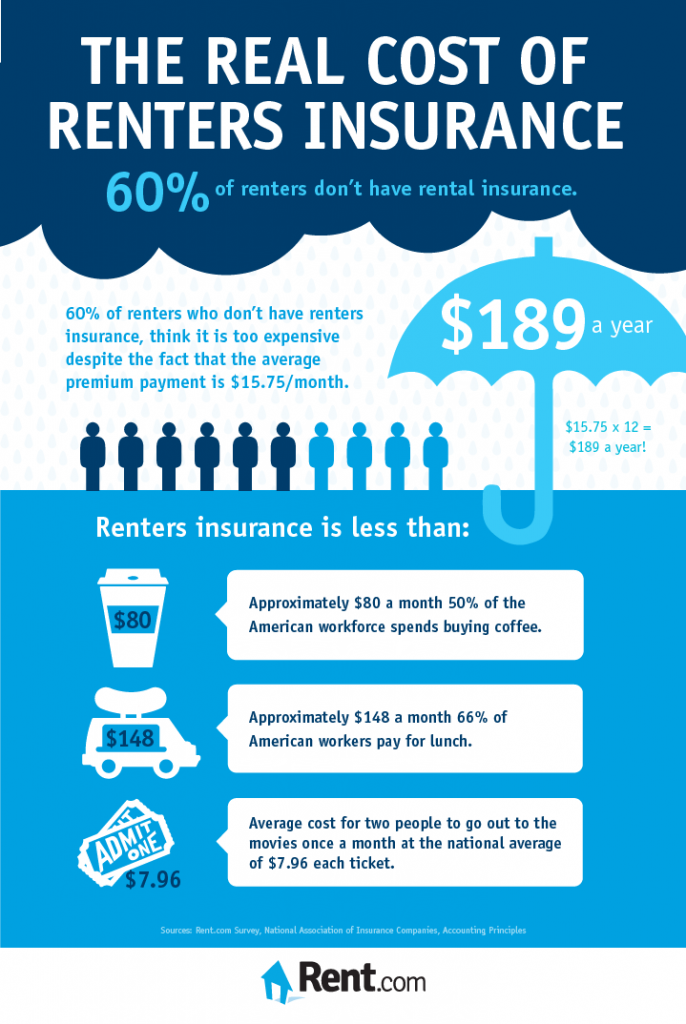
Understanding the Differences Between Checking and Savings Accounts
admin
- 0
When it comes to managing your finances, having a good understanding of the differences between checking and savings accounts is essential. These two types of accounts serve different purposes and offer different benefits to account holders. In this article, we will explore the key differences between checking and savings accounts.
Checking Accounts
Checking accounts are designed for everyday use. They are typically linked to a debit card, which allows the account holder to make purchases, pay bills, and withdraw cash from ATMs. Checking accounts are also used for depositing paychecks and other income, as well as for transferring money to other accounts.
One of the main features of checking accounts is that they have no limits on the number of transactions that can be made in a month. This makes checking accounts ideal for individuals who need to access their money frequently and need the convenience of being able to make multiple transactions without any restrictions.
Checking accounts also offer overdraft protection, which allows account holders to make transactions even if they do not have enough funds in their account. However, this protection typically comes with a fee, so it is important to carefully monitor your account balance to avoid overdraft fees.
Savings Accounts
Savings accounts, on the other hand, are designed for saving money over the long term. They offer a higher interest rate than checking accounts, which allows account holders to earn more on their savings. Savings accounts are a great option for individuals who want to save for the future, such as for a major purchase, a vacation, or an emergency fund.
Unlike checking accounts, savings accounts have limits on the number of withdrawals that can be made in a month. This is to encourage account holders to save their money rather than spend it impulsively. However, most savings accounts allow for a certain number of withdrawals each month without incurring any fees.
Savings accounts also do not come with debit cards, which helps prevent account holders from easily accessing their savings for everyday expenses. This separation of funds can help individuals better manage their money and avoid the temptation of overspending.
Choosing the Right Account for You
When it comes to choosing between a checking and savings account, it ultimately depends on your financial goals and spending habits. If you need to access your money frequently and make multiple transactions each month, a checking account may be the better choice for you.
On the other hand, if you are looking to save money over the long term and earn interest on your savings, a savings account may be a more suitable option. It is also possible to have both a checking and savings account to meet different financial needs.
Regardless of which type of account you choose, it is important to regularly monitor and manage your accounts to ensure that you are maximizing your financial well-being. By understanding the differences between checking and savings accounts, you can make informed decisions that align with your financial goals.
Overall, checking and savings accounts serve different purposes and offer different benefits to account holders. By choosing the right account for your needs and goals, you can effectively manage your finances and work towards achieving financial stability and security.

